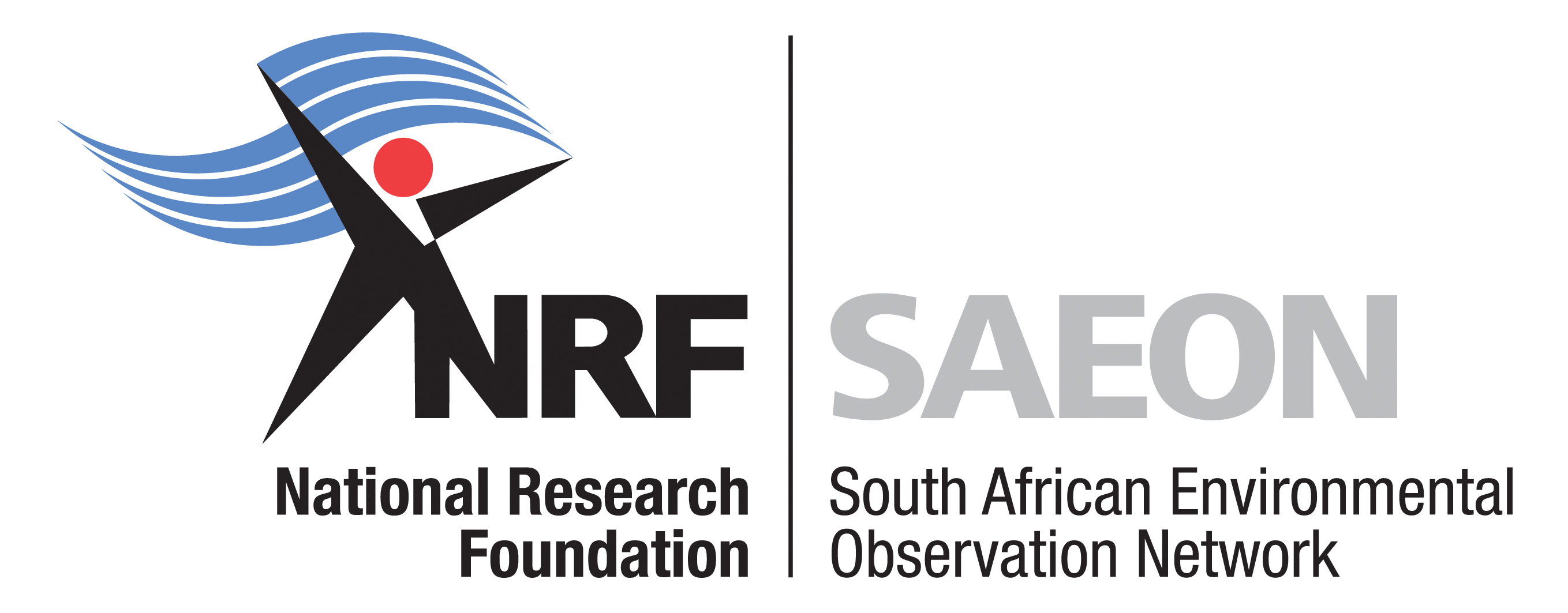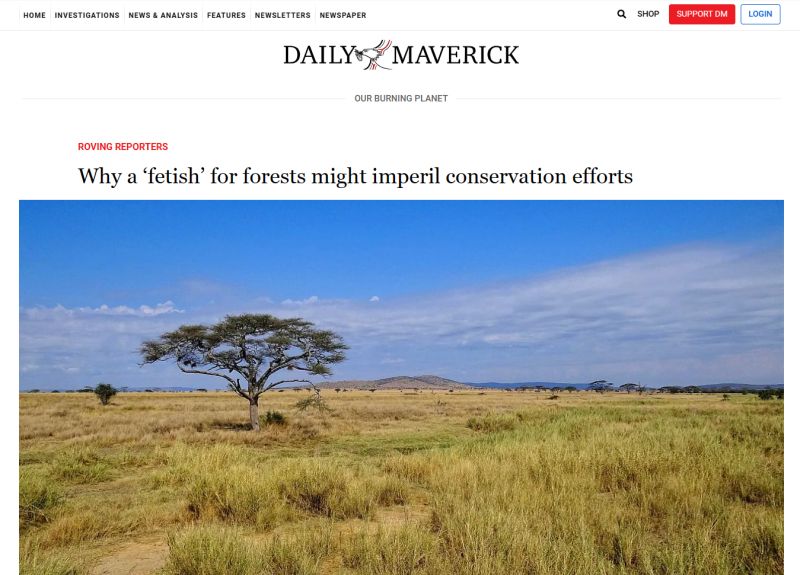eNews
#04 2023
NRF-SAEON in the media
To coincide with Marine Protected Area (MPA) Day celebrations on 1 August, an article titled Marine Protected Areas are a massive ecotourism drawcard for South Africa was published on the Travel South Africa and KwaZulu-Natal Info websites. The article mentioned that NRF-SAEON was one of the partners involved in MPA Day.
KZN South Coast collective creates app to drive coffee growth and investment opportunities in agriculture, an article published in MyPR and MyDurban on September 13, mentions that of the collective’s early projects was in partnership with SAEON, which developed the Arcgis app. This allows users to look at specific regions within South Africa and ascertain where coffee can be grown. The app assesses metrics such as the regional climate, slope of the land, as well as zoning, allowing potential investors the opportunity to locate land with coffee farming potential.
EFTEON
Charting a Sustainable Path: South African Climate Scientists Pave the Way for Emissions Future, an article published in Greening Afrika on July 18, highlighted the plan devised during a workshop (titled Integrated Regional Observation Carbon-Climate Constraints) to enhance the country’s capacity to accurately monitor changing greenhouse gas emissions, as well as carbon sources and sinks. Professor Pedro Monteiro from Stellenbosch University’s School for Climate Studies proposed the establishment of a hub, potentially facilitated by the South African Environmental Observation Network (NRF-SAEON), to foster collaboration and amplify the impact of South Africa’s carbon-climate science on both local society and the global stage.
Dr Gregor Feig, manager of the Expanded Freshwater and Terrestrial Environmental Observation Network (EFTEON) and co-organiser of the workshop, emphasised the importance of monitoring greenhouse gases and acknowledged the monitoring and evaluation challenges South Africa currently confronts. The workshop was convened by EFTEON, a research infrastructure hosted by NRF-SAEON, in collaboration with Stellenbosch University’s School for Climate Studies. Participating scientists hailed from institutions such as the NRF and its facilities NRF-SAEON/EFTEON, universities, the Department of Forestry Fisheries and Environment, the SA Weather Service, and the DSI-CSIR Southern Ocean Carbon and Climate Observatory.
Egagasini Node
An article titled Scientists assess the impacts of a warming ocean, was published on the home page of the World Meteorological Organization on September 5. This assessment was made by a new research focus group that Professor Juliet Hermes, manager of the Egagasini Node, is part of – the Marine Heatwaves in the Global Ocean Research Focus of the Climate and Ocean Variability, Predictability and Change (CLIVAR) Core Project of the World Climate Research Programme.
Science Engagement
In an article titled Young scientists to compete for top honours at Eskom Expo International Science Fair published in South Africa Today on September 18, SAEON is mentioned as one of the organisations that contributed to the prizes for this year’s International Science Fair held from 3 to 6 October 2023. A total of 330 local young scientists and 20 participants from Ghana, India, Kenya, Lesotho, Mexico, Mozambique, Namibia, Zimbabwe, Indonesia and Türkiye gathered at the Birchwood Hotel and Conference Centre in Boksburg to present their innovative projects and vie for prestigious prizes.
Professor William Bond, ecologist, biogeographer and former chief research scientist of NRF-SAEON, is cited in Why a ‘fetish’ for forests might imperil conservation efforts, published on September 7. He is critical of what he views as a “fetish for forests”, which he fears distorts conservation efforts, particularly when the wrong kinds of trees are planted in the wrong places, like Africa’s savannas and grasslands.
He also warns that this tree-planting frenzy provides industrial polluters with a convenient fig leaf. It lets them continue to spew carbon dioxide into the atmosphere in return for payments to commercial programmes that ostensibly offset emissions of the climate change-inducing greenhouse gas, by planting CO2-consuming trees.



